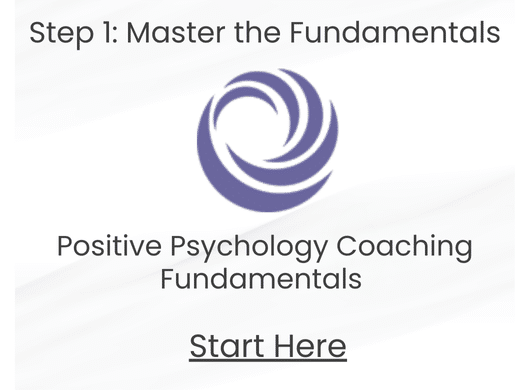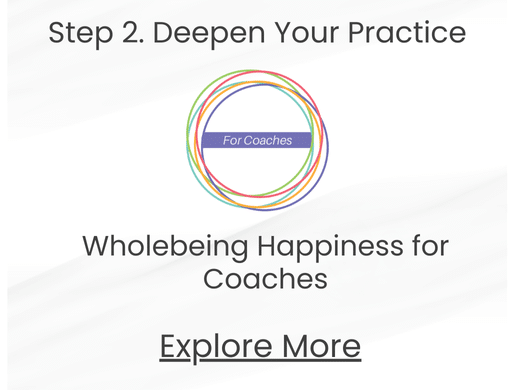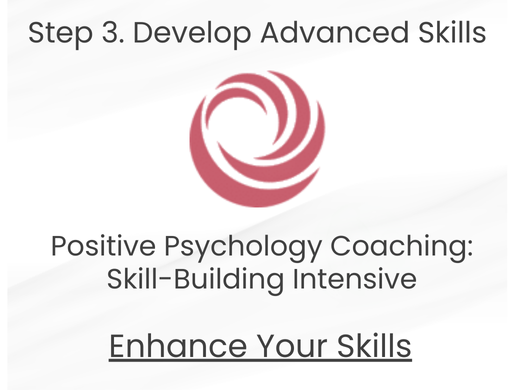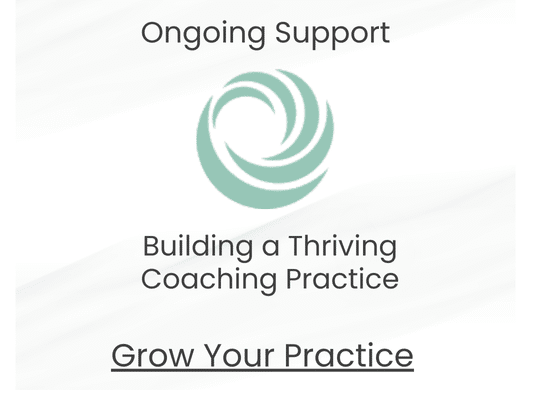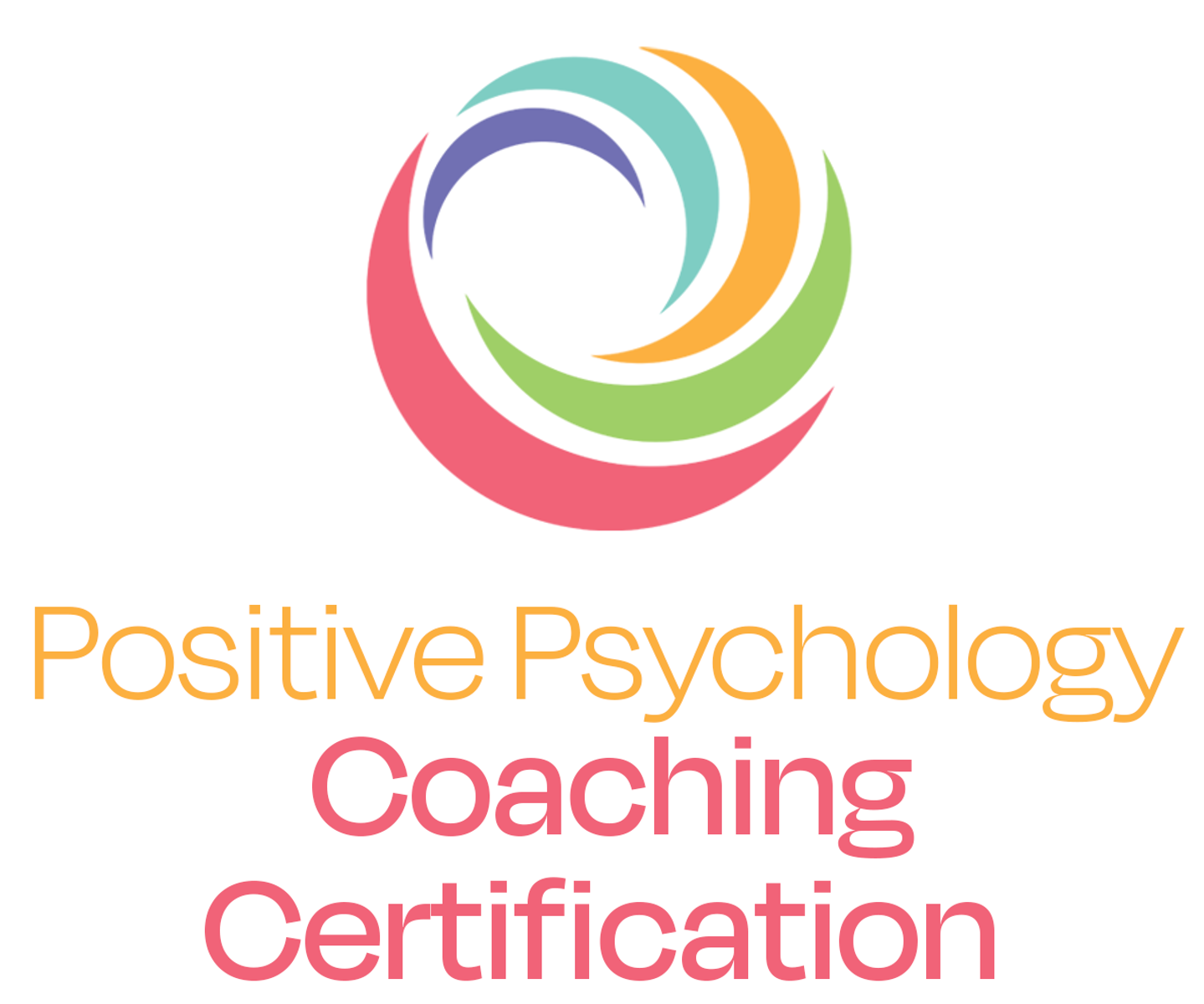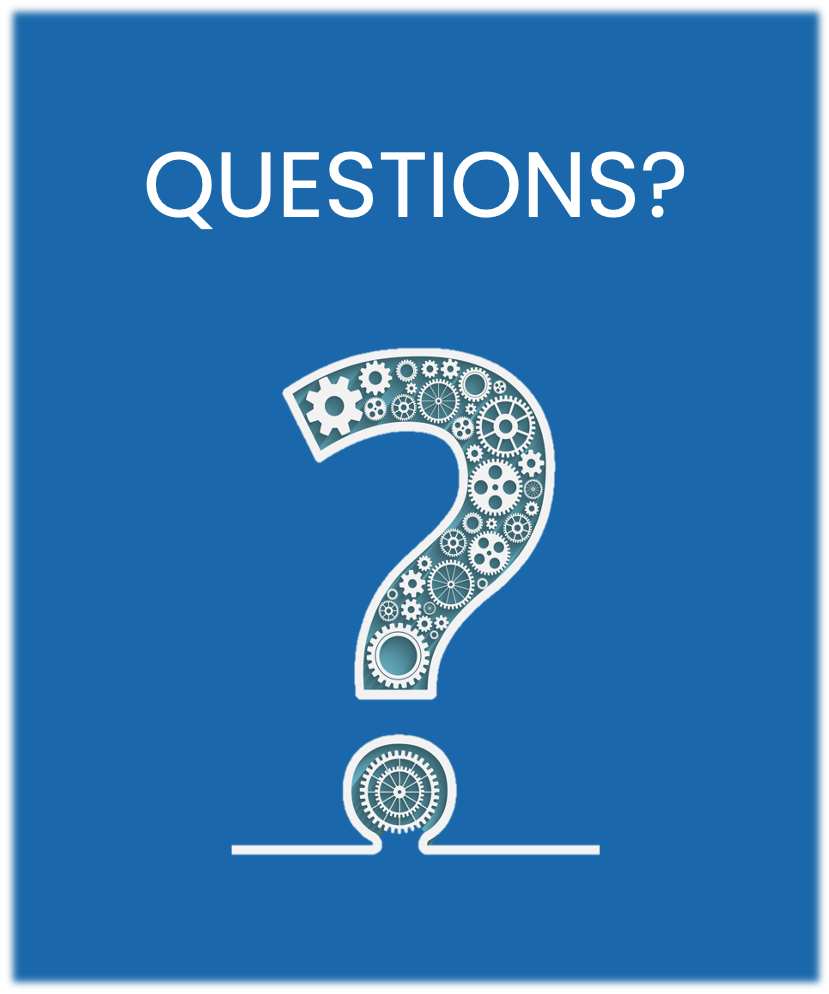by Megan McDonough
It’s easy to put off starting a good habit, or to ignore the unsupportive habit that is already entrenched. Each of these decisions makes a huge difference over a lifetime. As author Annie Dillard says, “How we spend our days is, of course, how we spend our lives.” Most of us have a choice as to how we spend some portion of the individual moments that make up a day, which eventually make up a life. The seemingly small things like going for a walk outside, taking a tiny step towards a worthwhile goal, lingering over a cup of coffee with your partner, or noticing the feel of sunshine on our face makes a difference. Cultivating positive habits one moment at a time creates a sustainable and nourishing pattern to life.
If you’re like me, trying to cultivate positive rituals and habits brings up resistance. We feel like it’s something we “should” do or “have” to do — like going to the gym or eating more fruits and veggies. I am a bit of a rebel. I avoid routines at all costs (especially the ones that I “should” do). I dread (and secretly fight) rituals that my mind tells me are good for me in the long run. I despise boredom (which I associate with rituals), and seeing another’s disciplined commitment to start and then instill an ongoing new habit day after day astounds and confounds me.
I fight with myself when I’m having difficulty sustaining a habit. The stern parent part of my brain tells me, “You should do this!” And the defiant teenager part yells back, “You can’t make me!”
The whole process of trying to instill a new, positive habit can be fraught with tension. Consider the following tips to ease the transition into a new positive habit that you’re finding difficult to sustain:
Notice the Good
Rick Hanson explains in Hardwiring Happiness that the brain is like Teflon for good experiences and Velcro for bad experiences. Evolution has made it easy for embedding neural pathways for the bad (our ancestors had to learn very quickly what was dangerous), while we have to work at creating neural groves for the good experiences. This is known as the “negativity bias.” If we are trying to start a new positive habit, it’s helpful to really pay attention, notice, and take time to savor those fleeting moments where the habit you’re working on is already a good experience. If exercise is a habit you’re working on, notice when physical movement of any sort feels good — a delicious stretch in the morning when you first awaken, laughing as you play with your children, or simply the ease of a walk from your car to the store. Savor these minor moments to help embed a positive neural pathway for the concept of exercise and daily physical movement.
Name It and Claim It
Self-perception theory says that we draw conclusions about ourselves in the same way we draw conclusions about others: by actually observing behavior and connecting it with a character trait. When we see someone running a marathon, we draw a conclusion that they are athletic. When we see ourselves sitting on the couch night after night, we draw the conclusion that we are not athletic and are out of shape, a couch potato, or some other uninspiring label. If you are trying to build a habit, name it while you are doing it. Rather than let a preconceived idea define what a habit “should” look like, name the moment of best approximation for you. If you want to create a habit of writing, mentally define yourself as a writer when you are writing, even if you aren’t writing well. If you want to create a habit of exercise, define yourself as a physically active person when you are walking. In the moment you’re expressing the behavior, name it and claim it to the greatest extent possible.
Mental Time Travel
An amazing ability of the human brain is to imagine the future. In one study, participants were asked, “Please try to imagine, in the most precise way, four positive events that could reasonably happen to you tomorrow. You can imagine all kinds of positive events — from simple everyday pleasures to very important positive events.” The results showed a significant increase of happiness for those imagining a positive future. Although this study did not look at imagining positive habits specifically, if a new habit is consistent with your values and aligned with your goals, imagining yourself doing it tomorrow is a good way to end the day today.
Consciously constructing positive habits — or a life, for that matter — is a dance between noticing what’s working now, imagining a brighter future, and taking tiny steps everyday, moment by moment, to move in the desired direction.
—This post was originally published in The Huffington Post.
Megan McDonough is CEO of Wholebeing Institute, an educational organization co-founded with Dr. Tal Ben-Shahar. WBI is committed to spreading ideas and practices that can help individuals and groups live life to its fullest.
Click here for a course listing.



